
Sony simplifies its home theater offerings, including OLED and mini-LED TVs and some interesting speakers -- all under the Bravia name.
Sony fans, are you tired of endless strings of letters and numbers to designate products? Can't figure out if the 55X800Si is better than the 55X801S? Starting with the 2024 Bravia models revealed Wednesday, including two mini-LED TVs with lots of local dimming zones, an OLED and soundbars, Sony has simplified its model names and unified them all under the name Bravia.
I can see a few of you in the back raising your hands and asking, "Wait, weren't Sony products using the Bravia name already?" Well, yes. But now the name is taking on a more prominent role, making it easier to figure out where a product sits in the overall Sony product range -- from Bravia 3 through to 9. It's similar to what Sony's started doing with its headphones.
Also, while we now know the products coming and their pricing, availability for the full 2024 Bravia TV range is yet to be announced. Some models are available for preorder now. Most likely the rest will be available later in the spring or in the early summer.
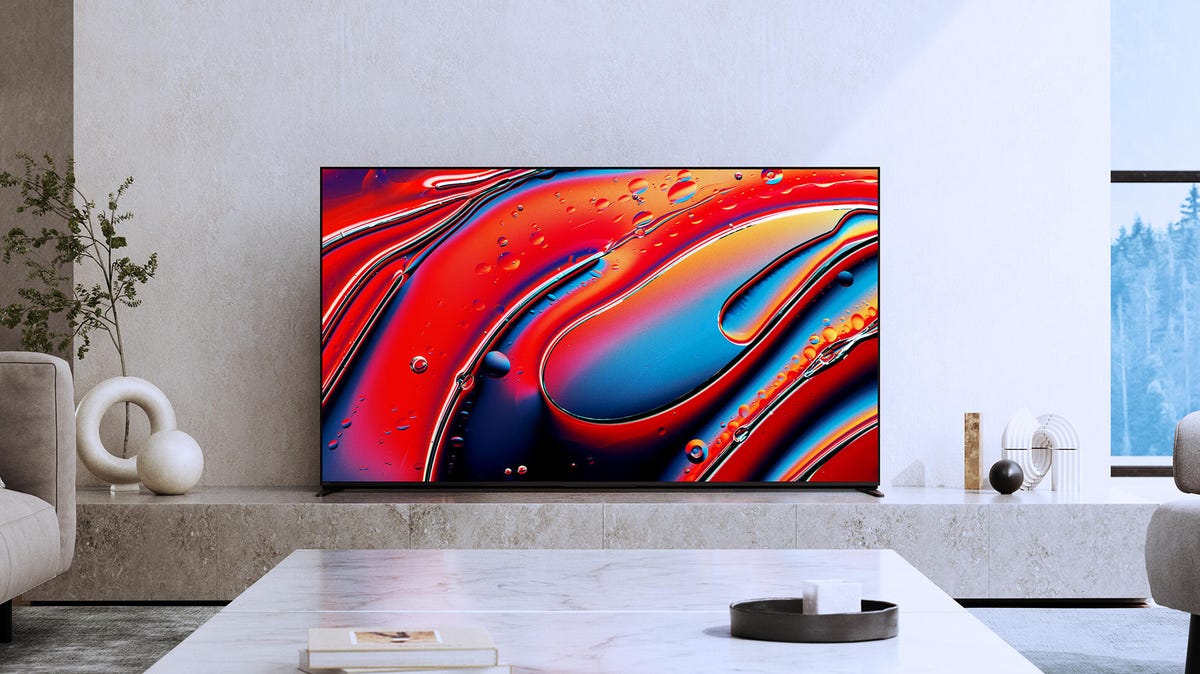
The mini-LED Sony Bravia 9.
SonyAt the top of the Bravia range is the Bravia 9, a mini-LED LCD model that comes in 65-, 75- and 85-inch varieties. This model features a brighter backlight with more zones than its predecessor, the X95L. Sony claims it's the brightest 4K TV it's ever made. More info about the backlight is below. US prices for the Bravia 9 are:
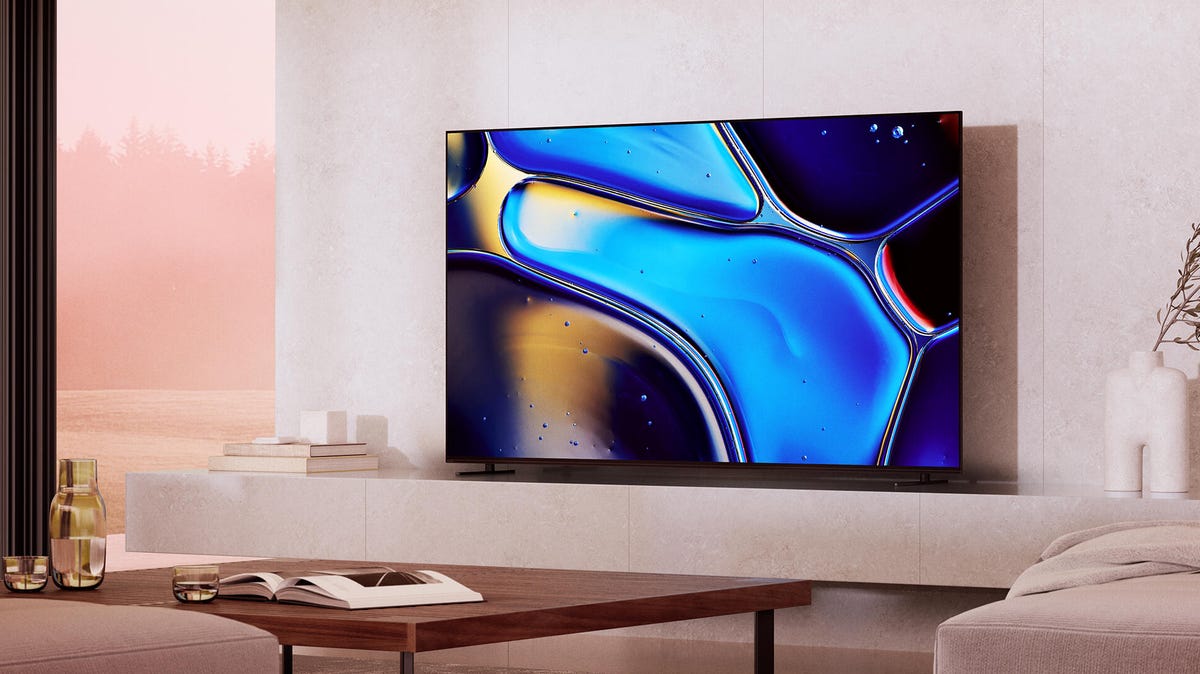
The Sony Bravia 8 OLED.
SonyThe next step down, in Sony's mind, is its new OLEDs. The QD-OLED A95L carries over as is, but the new Bravia 8 is just called "OLED" and isn't QD. The only major differences compared to last year's A80 are thinner bezels.
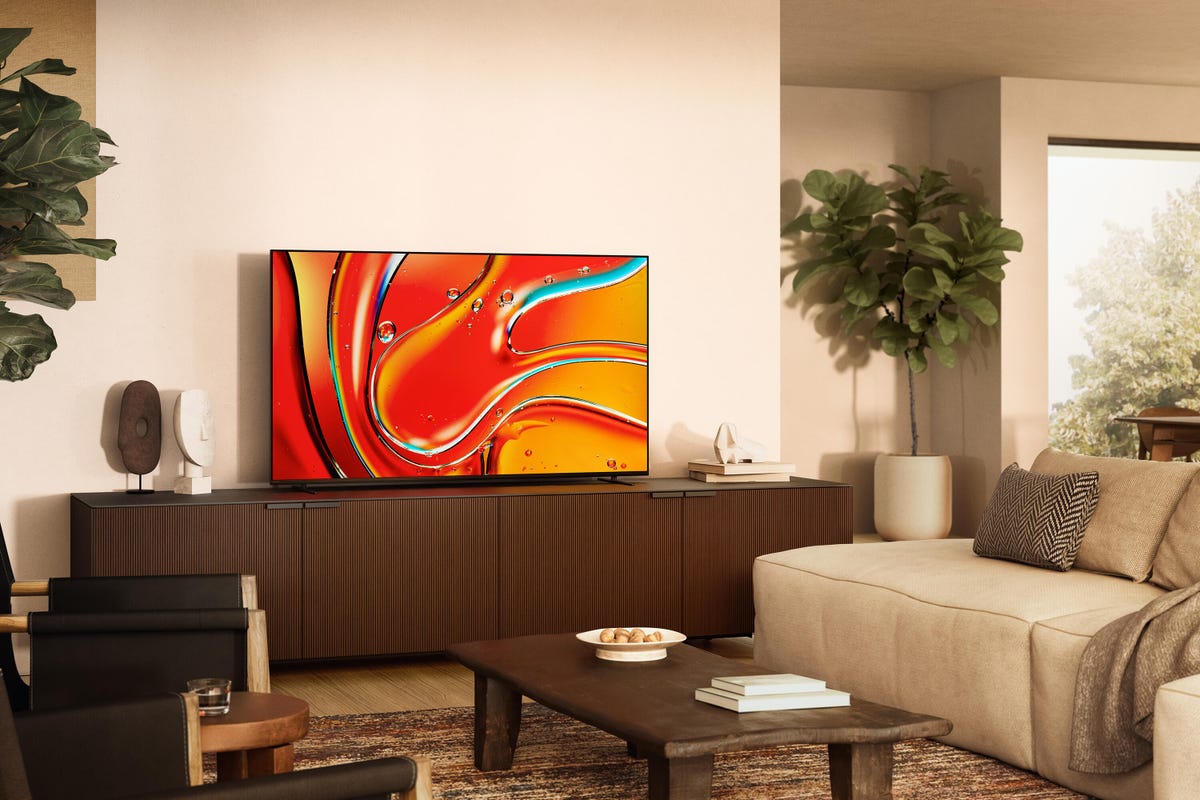
The Sony Bravia 7 mini-LED
SonyThe Bravia 7 is also mini-LED but has lower brightness than the 9.
From there the line skips all the way down to Bravia 3, which are direct-lit LED LCDs. Unlike the 9, 8 and 7, they do not have Next Gen TV tuners built in, nor do they have autocalibration modes (more on this in a moment).
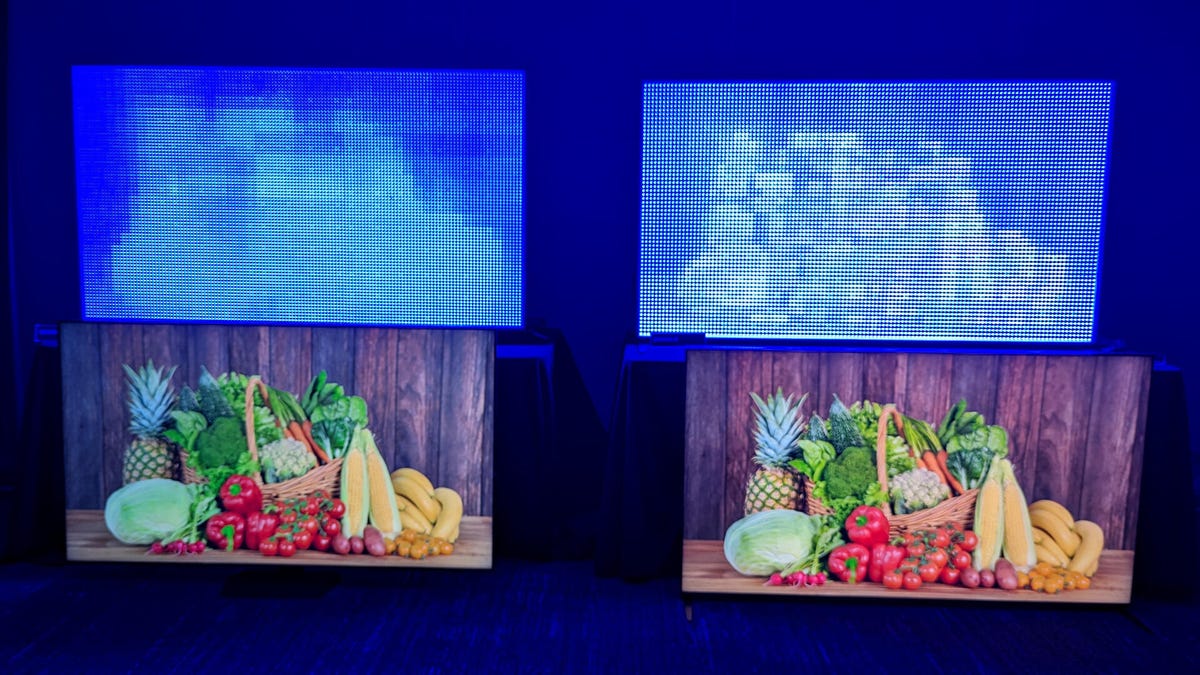
On the right are two of Sony's new Bravia 9s. On the left are two Samsung QN90C. All are running the same video feed. The top TVs had their liquid crystal layer removed, so you're looking directly at the LEDs that create the TV's light. Yes, they're all blue because that's how quantum dots do their best work. The purpose of this demo was to show how Sony's XR Backlight MasterDrive can dim more zones to improve contrast. We were unable to check exactly how the Samsung was set up, but the demo does give a good idea about how mini-LED backlights function.
Geoffrey Morrison/CNETAt a recent Sony event for the new Bravia products, I got to see the curtain pulled back on the mini-LED backlight tech. OK, not the curtain exactly, but the LCD layer. Side-by-side with a Samsung QN90C, I saw how the Bravia 9's combination of mini-LED and Backlight MasterDrive handled local dimming. I've talked about this tech before, but this was a great demo of how advanced these technologies have gotten.
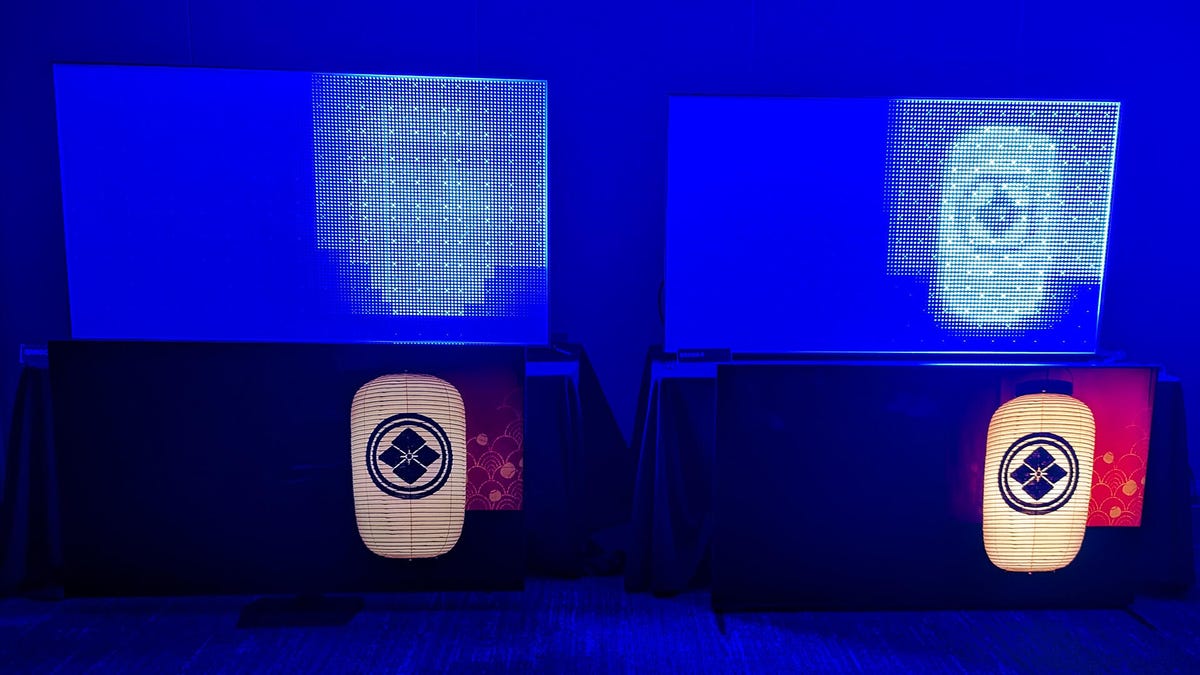
Note how both TVs can turn their LEDs off to create a perfect black, much like OLED. Sony's Bravia 9, in this demo, appears to have finer control, theoretically offering brighter smaller objects without blooming.
Geoffrey Morrison/CNETThe Bravia 7, 8 and 9 series have an autocalibration mode. When enabled and watching content from the TV's own Netflix (Adaptive Calibrated Mode), Amazon (Prime Video Calibrated Mode) and Sony (Core Calibrated Mode) apps, the TV can switch picture settings to get the TV as close to accurate as possible. These will supersede any settings you've adjusted, but you can disable this mode at any time, and it will take into account the brightness in your room. You can't adjust the settings within the mode, however.
This is, broadly speaking, a good thing. Most people don't bother to adjust the settings on their TV. These modes are claimed to be TV model-specific, so in theory, they'll get the TV looking pretty close to spot-on. There will always be unit-to-unit variations, plus differences in the viewing environment, but it's a no-cost alternative to a professional calibration.
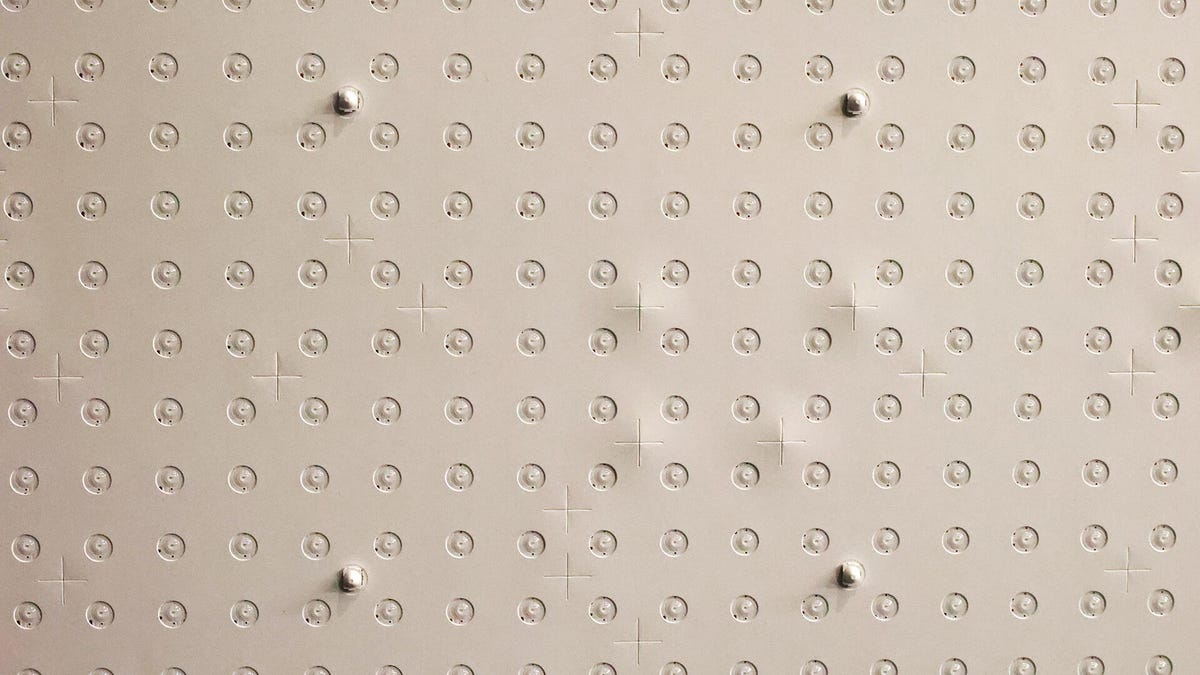
A closeup of the many Mini-LEDs of Sony's Bravia 9 TV.
Geoffrey Morrison/CNETWhether people will like the result is an entirely different question. If someone is used to watching their TV in the Dynamic mode with cool color temperature and maximum motion smoothing, the switch to something closer to a Cinema/Movie mode and no motion smoothing will be jarring, to say the least. Still, videophiles such as myself are grateful it's included.
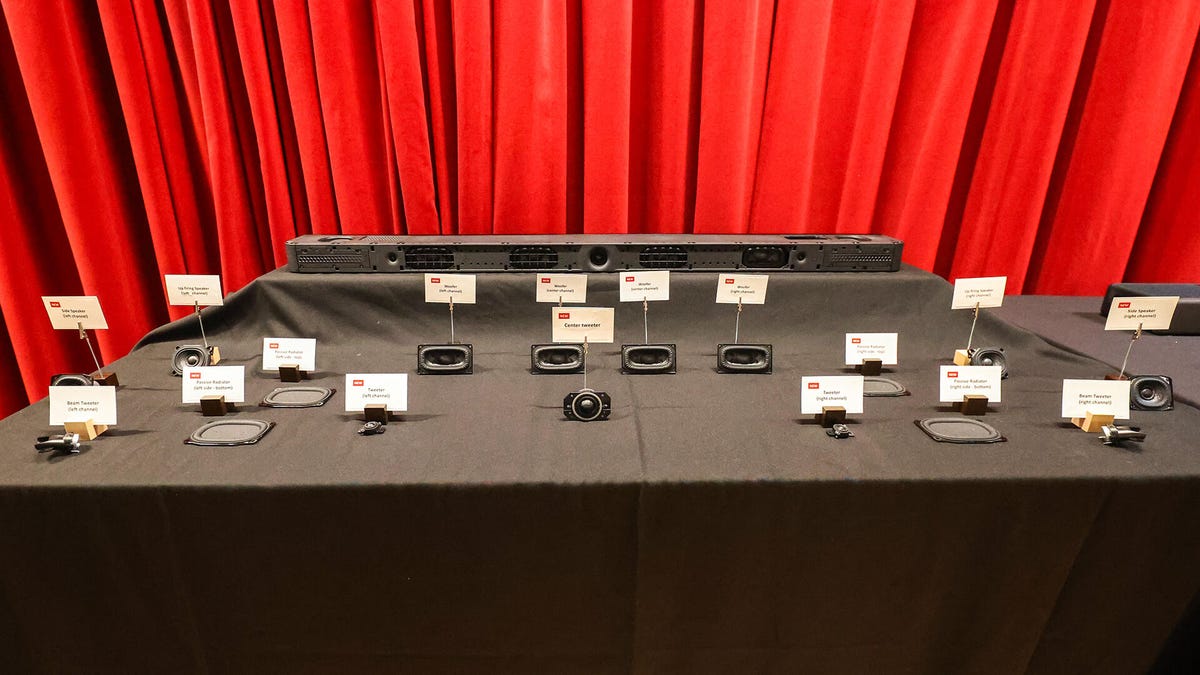
The various drivers of a Bravia Bar 9.
Geoffrey Morrison/CNETAlongside the new TVs are a new range of soundbars, speakers and a pair of what I'm calling "neckphones." Like the TVs, these products will also be Bravia branded. They'll be available later this spring. The top-of-the-line soundbar is the Bravia Theater: Bar 9 for $1,399. It has 13 drivers, including two up-firing and two side-firing. It features Dolby Atmos and HDMI eARC, of course, and has optional rear surrounds and two different subwoofers.
The slightly smaller Bar 8 ($999) loses the Bar 9's beam tweeters and passive radiators. The same optional surrounds and subs work with the Bar 8 as well.
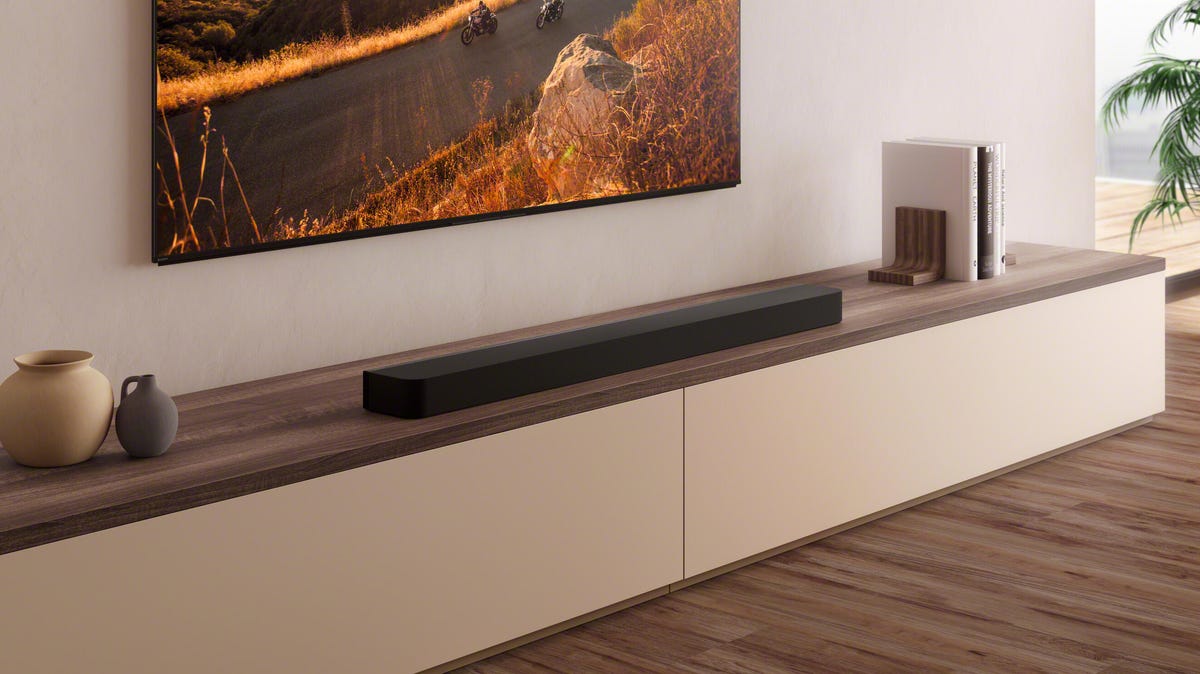
Sony Bravia Theater Bar 8
SonyThe Bravia Theater: Quad is something a bit different. These square speakers are designed to be hung on a wall, with each individual speaker boasting four drivers. The Bravia Theater: Quad is designed to plug the gap between a traditional multispeaker system and a soundbar, but not as elaborate or bulky as separates. As the Quad name suggests, you get four speakers for an MSRP of $2,499.
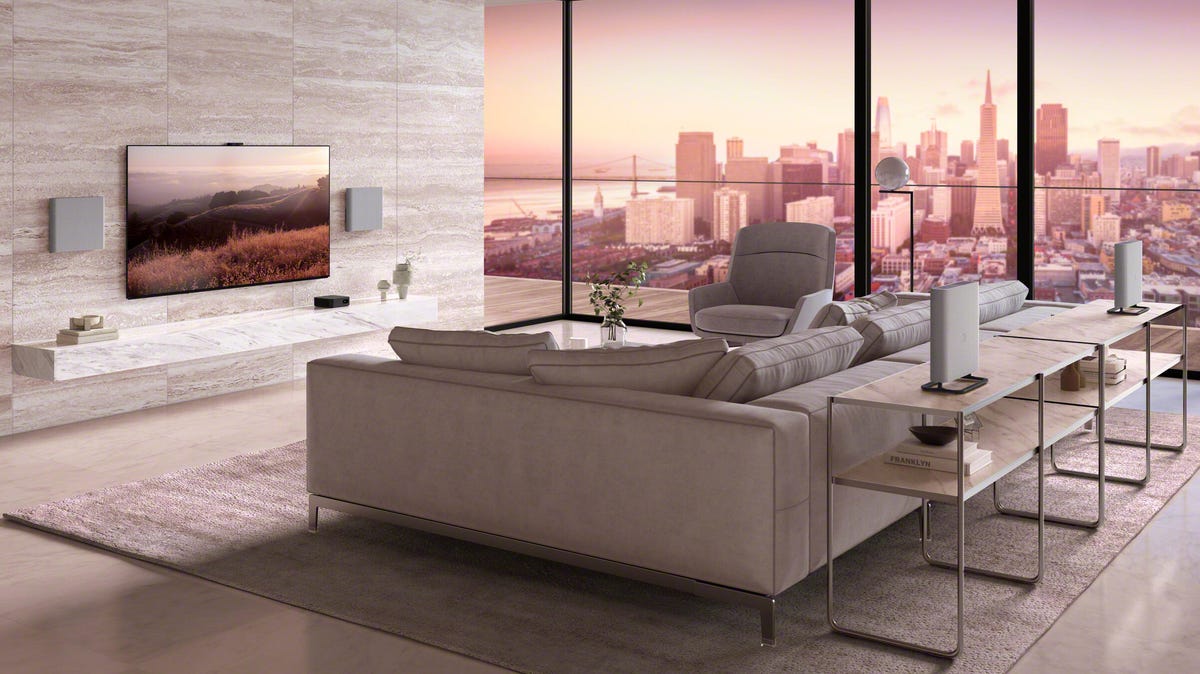
Sony Quad speaker system, with 2 mounted on the wall beside the TV, and two on tables behind the couch.
SonyLastly is the Bravia Theater: U. It's a neckband with drivers similar to the Bose Soundwear. The idea here is to give you personal audio without covering your ears. I tried these at the Sony event, and they play surprisingly loud (to you) without being particularly audible to other people on the same couch. Because your ears aren't covered, you can still converse regularly. The U will retail for $299.
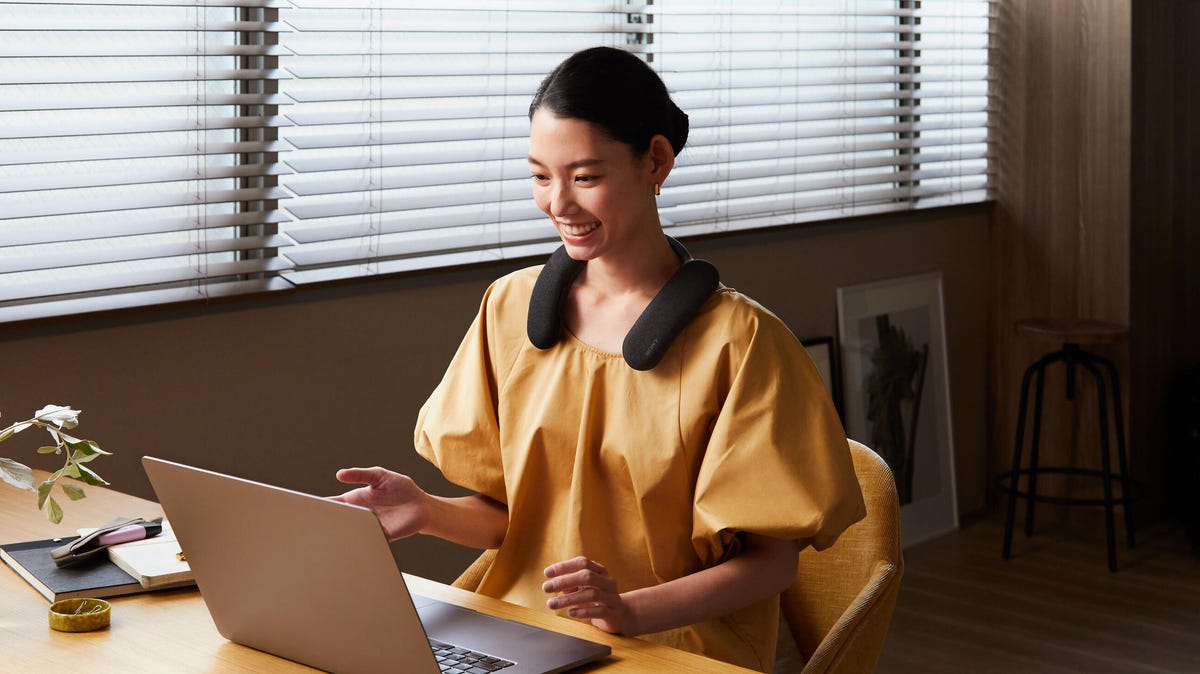
The necklace-like Theater U has upwards firing drivers to give you personal audio without disturbing others. Not sure I'd wear it on a plane though.
SonyAs well as covering audio and display tech, Geoff does photo tours of cool museums and locations around the world, including nuclear submarines, aircraft carriers, medieval castles, epic 10,000-mile road trips and more.
Also, check out Budget Travel for Dummies, his travel book, and his bestselling sci-fi novel about city-size submarines. You can follow him on Instagram and YouTube.